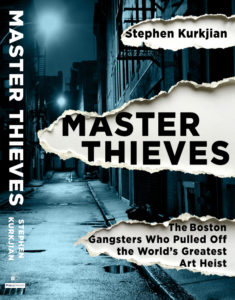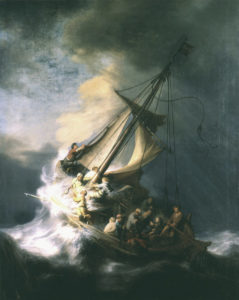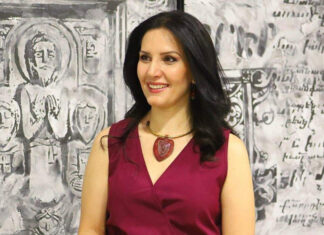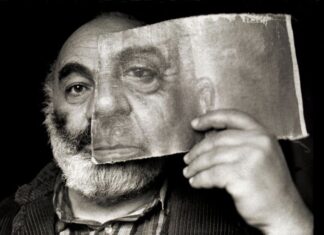

By Alin K. Gregorian
Mirror-Spectator Staff
BOSTON — Stephen Kurkjian’s latest book, Master Thieves: The Boston Gangsters Who Pulled Off the World’s Greatest Art Heist, released in March, sheds light on the unsolved case of the brazen heist at the Isabella Stewart Gardner Museum in 1990, the single-largest art theft in the world.
The value of the art stolen is estimated to be $300-$500 million.









